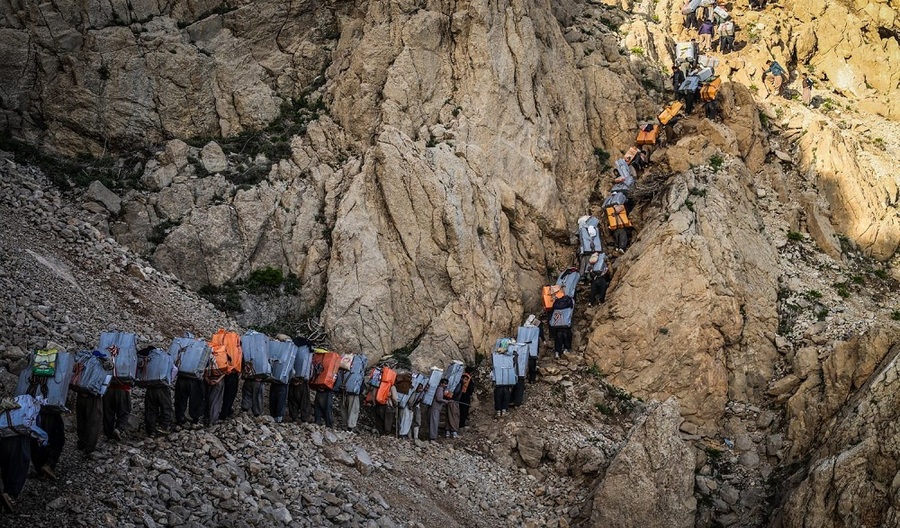The phenomenon of Kolbari in the border areas of the eastern part of Kurdistan has become a social, cultural, and even political issue. While some people pitifully see Kolbars as powerless and “unemployed” people who risk their lives and health for a little money, others attribute this phenomenon to the government's attitude in border areas arising from political economy structures.
What is clear is that the phenomenon of Kolbari in the border areas is not only approved by the government but also a tool to mislead the Kurdish people. In fact, Kolbari is a game in which the government and the interested sections of the Kurds who are involved with the government, each seeking their own interests in this phenomenon, are winners.

Thorstein Veblen, an American economist, believes that in a "capitalist" system, wealth serves the "dignity" of people, and the ruling classes thus gain "social dominance". Veblen's words simply mean that wealth changes people's way of life and shapes their social behavior. According to some sources, the border economy has affected the family structure to such an extent that can be said that the family has been subject to these changes. Borders and border developments have led to division, inequality, and polarization of urban society. The dominant border economic space has made Kolbari a reproduction of other losses.
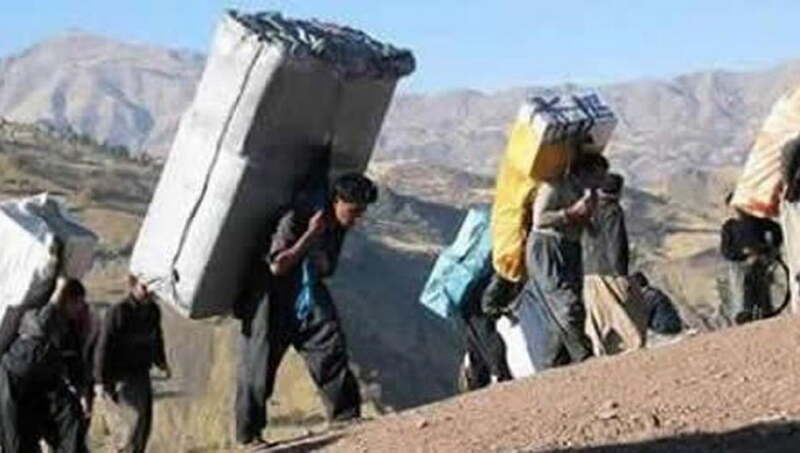
Due to the government's strategy in the border areas, lifestyle, educational values, and marriage are weak, and there is a gap between the border areas and the cities of central Iran. Therefore, the presence of border markets in these areas has led people to turn to temporary jobs that do not have a permanent income, such as Kolbari, which a large proportion of people in these areas are engaged in; this has led to a shift of focus away from local potential and capabilities, with populations looking to markets and border revenues and their families dependent on border economies.
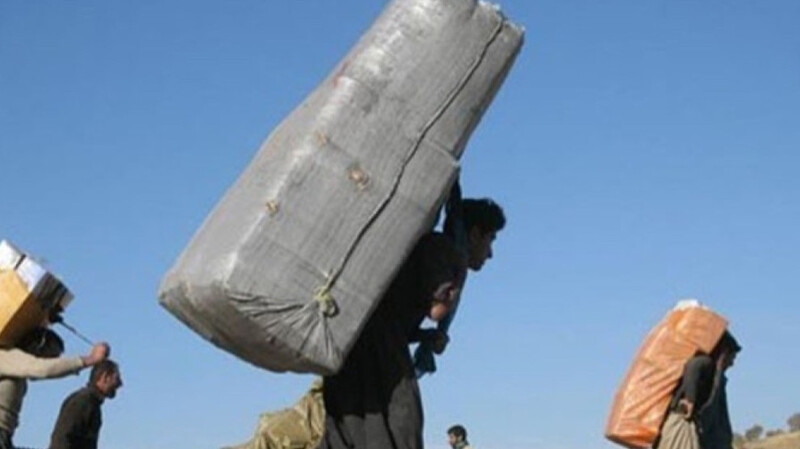
History of Kolbari
The beginning of Kolbari goes back to the 1979 Iranian Revolution. After the revolution, all types of alcoholic drinks were banned in Iran, and as a result, these products had many buyers inside Iran. Liquor smuggling was considered a business with a good income at the time. "Kolbari is a hierarchical job with different levels, which includes: Kolbar, baggage owner, escort, and driver." All of these jobs are dangerous and like playing with death. In fact, Kolbari is not a way to get rich, but an attempt to survive.
The roots of Kolbari go back to the import of goods outside the laws and regulations at the borders. Goods that cannot be imported from official borders due to high taxes, manpower or Kolbars are used to transport them. The importers of these goods are “locals” familiar with the socio-economic structure across borders, a phenomenon that has gradually led to the creation of a new capitalist class, increasing their capital and social power. A class that is forced to attach itself to the government and policies of the authorities in order to keep their capital and social power. According to unofficial statistics, in 2019, the number of Kolbars in the eastern border provinces was about 80000. The age range of the Kolbars is between 13 and 60. The largest number of people engaged in Kolbari belong to Kermashan, Paveh, Gialan, Nowsud, and Qasre Shirin cities in Kermashan province, Mariwan, Bana, and Sawlawa in Sna province, Sardasht, Shno (Oshnavieh), Piranshar, and Bokan in Urmia province.
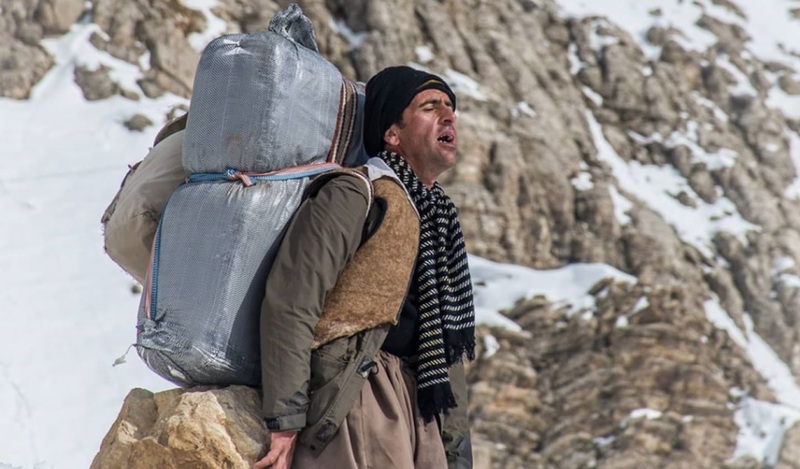
Most of the goods transported by Kolbars include televisions, coolers, cigarettes, refrigerators, alcoholic drinks, clothes, and textiles. “In addition to falling under snow or falling on rocks and mountains, many of them are shot and killed by Iranian armed forces while transporting goods across the border.
Kolbars are divided into two groups, those who have cards and those who do not have such cards and work illegally at the border. However, a very important point to mention in this regard is that Kolbari and the smuggling of goods are basically two different concepts. According to reports released by the Headquarters for Combating Goods and Currency Smuggling and the Iranian Parliamentary Research Center, about $5 billion to $7 billion worth of goods are smuggled into Iran.
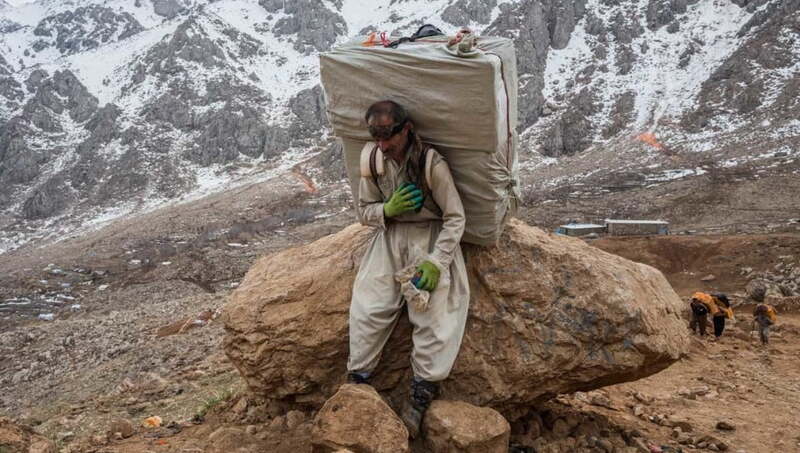
Why Kolbari?
The question is why people in this region are forced to do such jobs, if we can call it a job, to earn a little income. Why should a fourteen-year-old teenager work to attend school? In late 2018, two brothers, Azad Khosravi, 17, and Farhad Khosravi, 14, from Ney village of Mariwan, were missing. Azad's body was found on December 26, having died of cold. Three days later, with the help of local people, the body of Farhad Khosravi, who had died of freezing, was found near the main road. Farhad's death is just one of the tragedies of the daily lives of Kolbars that made headlines because of being young and his painful death. It may be argued that smuggling and crossing the border is illegal and that punishment of smugglers is a necessity. But at the same time, one must consider Why people should do such a thing. Why do some people have to use their bodies as a tool to earn a little income? Can the Iranian regime be responsible for this new form of slavery?
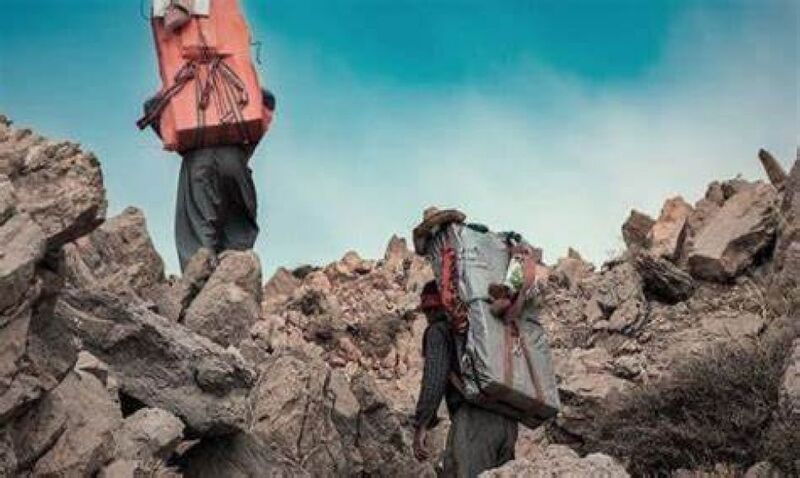
If European thinkers speak of immigrants as social outcasts, in the East part of Kurdistan many people are considered social outcasts. From the government's point of view, the Kurds have always been considered enemies, rebels, separatists, or terrorists and therefore have been excluded from society. In fact, an emergency is always for a people that does not exist outside, a people that exists but is not represented as human beings. Throughout history, borders have been a symbol of inequality for the Kurds because the Kurds are divided into four dictator countries. Kurds in Syria, Turkey, Iraq, and Iran are considered internal enemies, separatists, and terrorists and have been treated very discriminatorily.

Kurdistan has a very special geography. The only option that remains as an alternative for people is the mountain. Unlike other parts of Iran, most of Kurdistan's border cities have less economic development. Comparing the economic development indicators of border cities with other regions of Iran indicates the existence of inequality in terms of investment and government attention to those regions. The border provinces, for instance, rank last in Iran in various economic, social, and cultural indicators. As a key indicator, we can point to per capita income. Even people with master's and doctoral degrees are forced to work as Kolbars due to unemployment.
To be continued ...

